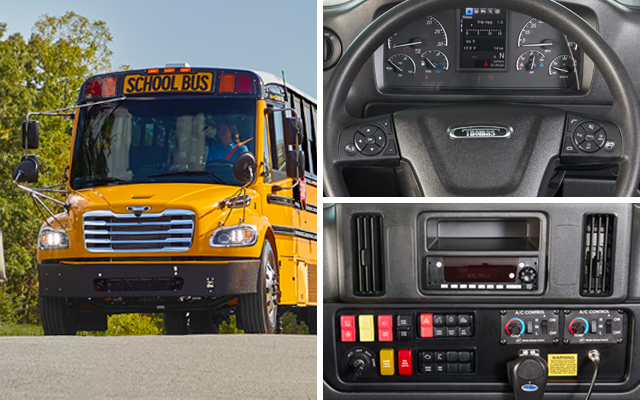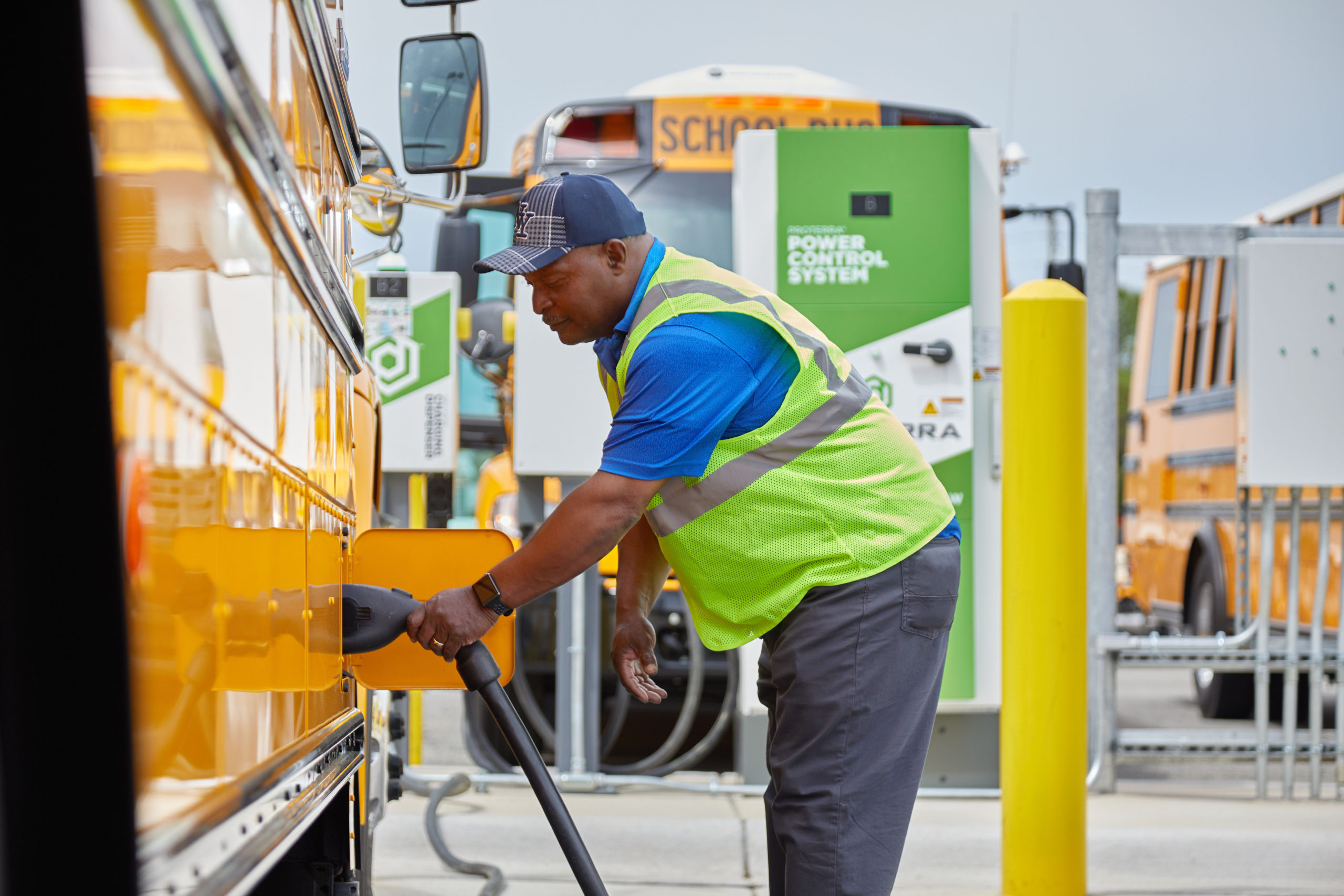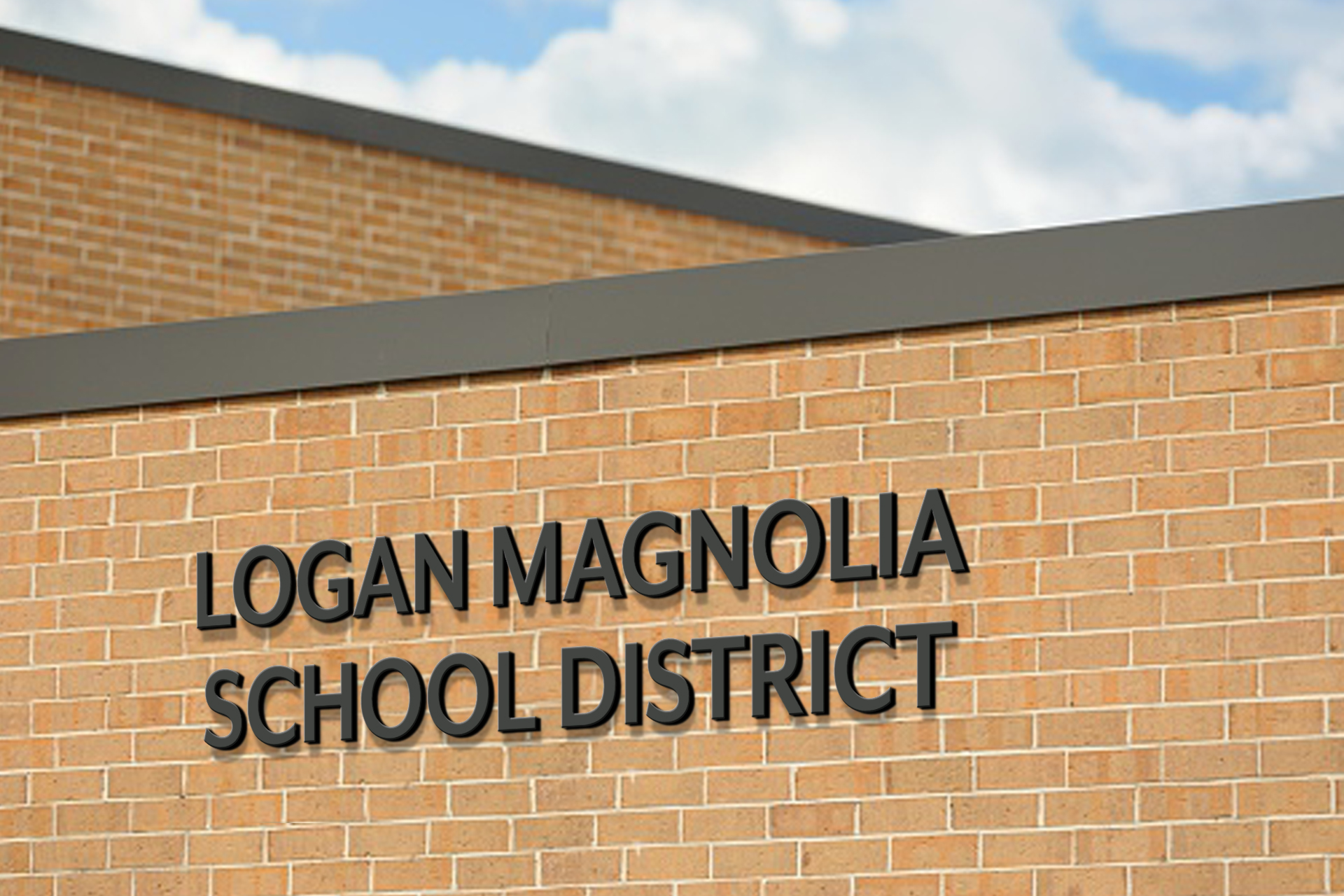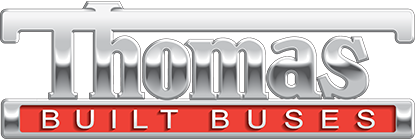
Upgrading the C2’s User-Experience for a New Era of Drivers
Student safety is in the hands of school bus drivers. The more comfortable and confident drivers feel, the more safely they drive.
For the last 20 years, Thomas Built Buses has supplied the industry with advanced electronics engineered with safety prioritized in every detail. Our Saf-T-Liner® C2 was designed…

As electric school buses continue to gain momentum across the U.S. through federal incentives like the EPA’s Clean School Bus Program, school districts are looking for help in transitioning their traditional bus fleets to electric, including building out electric vehicle (EV) infrastructure.
Building and implementing charging infrastructure can be a daunting task, with challenges…

From Kendra Eads, VP of Engineering and Technology at Thomas Built Buses
As we gear up for the back-to-school season, it’s important to recognize the significant advancements in school bus technology that enhance the safety and well-being of our students during their daily journeys.
At Thomas Built Buses, our commitment to safety is evident in our mission and…

(Em)Powering a Greener Future: Logan-Magnolia Community Schools' Journey with Electric School Bus Infrastructure Consulting
In today’s educational landscape, schools across the country are making strides towards embracing sustainable solutions.
A prime example of this is unfolding at Logan-Magnolia Community Schools in Iowa, under the leadership of Kurtis Hinkel, the grounds and transportation director.
Fueled by the vision of transitioning their fleet to electric, the school district recently…
The easiest way to start measuring your current TCO and to start saving money is to start with fuel economy.
Fuel economy is quite possibly the most important component of TCO. Fuel economy is the amount of fuel burned over a defined distance. Much like the MPG in your car, many factors influence a bus’s fuel economy, such as design and aerodynamics of the bus, overall weight, idling time, idle parameters (most buses today have electronic settings anywhere from 1,200-1,400 RPM that do not allow the bus to over-idle at a higher RPM level), driving habits, routing, and specifications of the bus.
By far, the cost of fuel over the lifetime of a bus will be the highest expense that you will pay for your bus. Fuel costs continue to rise, and we don’t see that abating any time soon. Without changes to driving habits or to the fleet itself, your overall TCO will continue to rise.
The easiest way to start measuring your current TCO and to start saving money is to start with fuel economy. Fuel economy measurements are often listed on the engine electronics. Any fleet manager can simply walk up to a bus and see how much fuel has been used, current fuel economy, idling time, etc.
To improve your fuel economy, start with the engine. The engine type has a lot do with your total fuel efficiency. Engines with Selective Catalytic Reduction (SCR) emissions technology can provide 7% to 27% better fuel economy than engines with EGR technology. Plus, good quality engines are proven to keep buses operating at efficient levels for a longer period of time. When buying a new bus, look for SCR technology. If you changed nothing else, you can expect to get around 2 additional miles per gallon just by running a bus with SCR technology.
If you are seeking ways to increase fuel economy in your existing fleet, look outside of the bus. Check your routes to see if there are more fuel-efficient courses to take. Also, freshen up your driver training.
Training your drivers to accelerate slowly and feather the brakes will help your fuel economy – especially with newer-model buses. If the bus has an “economy” button, engaging that will greatly improve fuel efficiency as well. If nothing else – cut the idle time! By decreasing the amount of time that a school bus is idling, you are preventing unnecessary fuel usage.
Over time, TCO cost-cutting measures add up. One Thomas Built customer, who worked diligently on decreasing his TCO, ended up saving his district hundreds of thousands of dollars in fuel savings over the lifetime of his buses. Those are some meaningful savings!
If you are interested in purchasing a new bus, or if you just want to know what your total cost of ownership is, Thomas Built Buses has one of the only TCO tools in the market. From this tool, you can view your total cost per vehicle and total cost per mile for Thomas Built buses compared to other buses on the market. The tool is only available at Thomas Built dealerships at this time. Call your Thomas Built Buses dealer to learn more about total cost of ownership.
